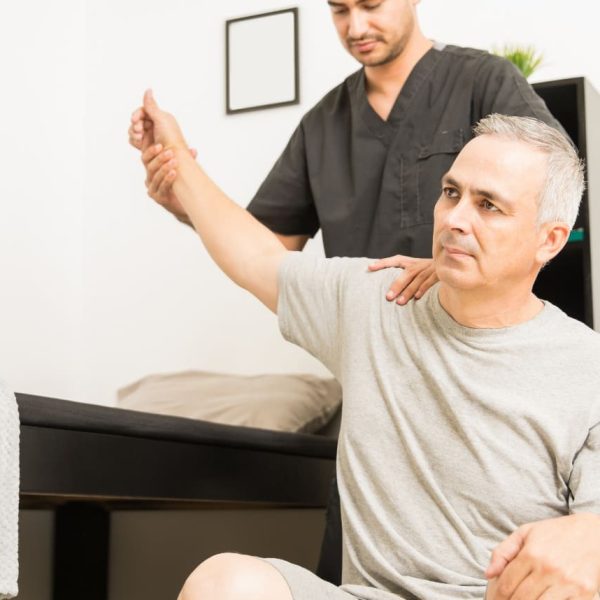Introduction
Postoperative care is crucial for recovery and preventing potential complications. The specific care required depends on the type of surgery, the patient’s physical condition, and the physician’s recommendations. Generally, postoperative care can be categorized as follows:

Symptoms and Care Guidelines
1. Wound Care
- Clean the surgical site as instructed by the doctor and change dressings to prevent infection.
- Avoid touching the wound with unclean hands and keep the wound dry.
- Monitor for any abnormal symptoms such as swelling, redness, or discharge, and notify a doctor immediately if these occur.
2. Medication Management
- Follow the physician's instructions for taking medications, especially antibiotics and anti-inflammatory drugs.
- Avoid using any other medications without the doctor's guidance.
3. Rest and Recovery
- Prioritize adequate rest for the first 24-48 hours post-surgery.
- Avoid strenuous activities or movements that may stress the surgical area.
4. Light Exercise
- Engage in gentle movements, such as slow walking, to promote blood circulation and reduce the risk of deep vein thrombosis (DVT).
- Follow prescribed physical therapy to restore bodily function.
5. Nutrition
- Consume a balanced diet rich in protein, vitamins, and minerals.
- Stay hydrated to maintain moisture levels and aid recovery.
6. Monitoring for Complications
- Seek medical attention immediately if abnormal symptoms arise, such as high fever, severe pain, or difficulty breathing.
Physical Therapy Treatments
- Pain and Swelling Reduction Use techniques such as cold compresses, gentle massage, or electrical stimulation (TENS) to alleviate pain and swelling at the surgical site.
- Joint Mobility Improvement Enhance flexibility and range of motion through stretching exercises specific to the involved muscles and joints.
- Muscle Strengthening Design strength training programs to increase muscle strength and reduce the risk of re-injury.
- Muscle Rehabilitation and Functional Recovery Assist in restoring function to weakened muscles so that patients can resume regular movement and activities.
- Complication Prevention Encourage early movement to prevent tissue adhesions or the occurrence of DVT.
- Self-Care Knowledge and Skills Teach self-care techniques, such as proper stretching and appropriate activity practices, to reduce the risk of re-injury and promote long-term recovery.
Frequently Asked Questions
1. Is physical therapy necessary after surgery?
Yes, especially when surgery affects mobility or results in changes to muscles, joints, and the nervous system. Rehabilitation through physical therapy helps ensure correct recovery, minimizes complication risks, and enhances long-term quality of life.
2. How long does physical therapy after surgery typically last?
Recovery through physical therapy can vary from a few weeks to several months, depending on the following factors:
2.1. Minor Surgery:
Examples: Removal of tumors or small tissue sections.
Recovery Duration: Approximately 2-6 weeks.
Focus of Physical Therapy: Pain reduction, movement restoration, and muscle strengthening.
2.2. Major Surgery:
Examples: Knee or hip replacement, spinal surgery.
Recovery Duration: 3-12 months.
Focus of Physical Therapy: Basic movement training, muscle strengthening, and joint function rehabilitation.
2.3. Bone or Joint Surgery:
Examples: Anterior cruciate ligament (ACL) reconstruction.
Recovery Duration: 6-12 months or more.
Focus of Rehabilitation: Pain and swelling reduction, joint movement enhancement, and muscle strength building.
2.4. Cardiac and Abdominal Surgery:
Recovery Duration: 2-3 months or longer.
Focus of Physical Therapy: Muscle strength and endurance enhancement, breathing adjustments, and daily activity rehabilitation.
2.5. Nerve Surgery:
Examples: Spinal or brain surgery.
Recovery Duration: May take years.
Focus of Rehabilitation: Continuous physical therapy to improve movement and balance.

